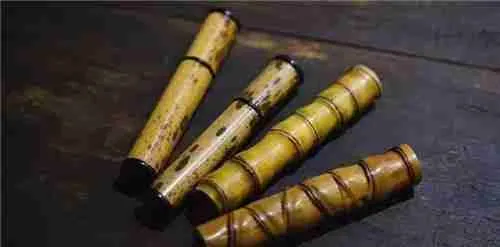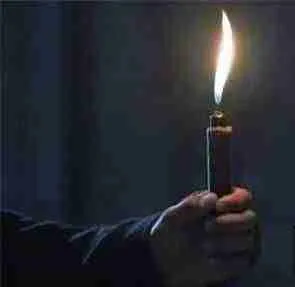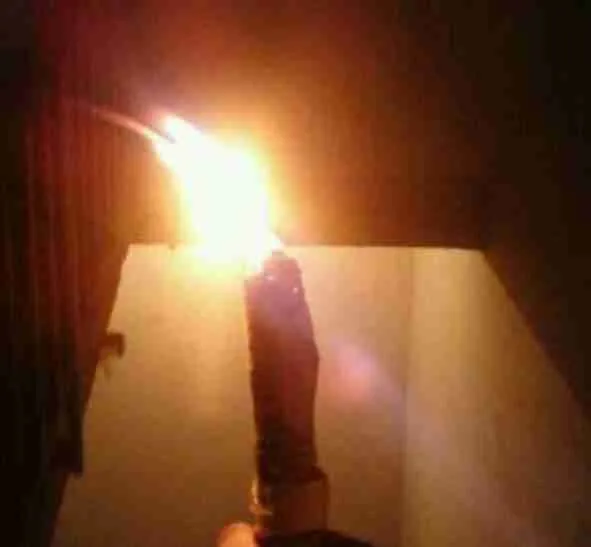China has been the home of many inventions, scientific discoveries, and innovations. Some of these inventions include papermaking, gunpowder, the compass, and printing. In this write-up, we will be looking at one of the most popular Chinese inventions – matches. The first version of the match, that is, the earliest type of match for lighting fire was invented in 577CE. These matches were invented by the impoverished Northern Qi court ladies during a military siege. The pine wood matches were a great marvel to many. The ancient Chinese claimed that the marvelous thing got a little flame like an ear of corn. Initially, they referred to it as a ‘light-bringing slave’. Later on, when the matches were commercialized, they were referred to as ‘fire-inch-sticks’. Read on to learn about the matches.
Who invented matches in Ancient China?

As mentioned earlier, the first version of a match was invented in the 6th century CE by desperate Northern Qi court ladies. At the time, there was a very clever and innovative maid who had an idea on how to start fires to cook and heat them up during the cold. The palace was under a prolonged siege by rulers and armies from neighboring states. Because of this, the palace staff ran out of essentials to keep them alive, including items that they needed to use to build fires for cooking and heating up the palace. One evening, the maid was in great despair and needed to make a meal. Also, the cold was becoming too much.
She decided to dip the ends of small pine sticks into sulfur and allowed them to dry for a while. Once they were dry, the sticks seamlessly made fire when she rubbed them together or when she sparks were produced. The small pine sticks then lit larger pieces of wood, which were used to build the fire. Everyone in the palace then realized that it was easier and faster to use the pine sticks than striking a flint rock against steel to produce sparks that light a fire.
After that, everyone around the palace embraced the concept of using pine sticks to light fires. They started dipping more pine sticks into sulfur, allowed them to dry and stored them for future use. Because of this, the people in the palace were able to survive the military siege. Everyone in the palace was well fed and they were able to keep warm during the cold nights.
Four hundred years T’ao Ku wrote a book titled ‘Records of the Unworldly and the Strange’. In his book, he described the exact method of dipping several pine sticks into sulfur to produce fire. He also mentions that the sulfur-dipped pine sticks were stored and used by later generations to light fires. It is important to note that the ancient Chinese, who lived as early as the 6th century BCE, knew about sulfur and used it in traditional Chinese medicine. Sulfur, is also known as burning stone or brimstone, and it led to the discovery of gunpowder y Daoists in the 11th century CE.
How were matches made in ancient China?

The maids dipped small pieces of pine sticks into slightly wet sulfur. As the sulfur dried over the pine stick, it would form a small round bump over the pine stick. When completely dry, the top part of the matches/pine sticks would immediately strike fire when struck. Sulfur was considered a good conductor of heat and was known to start fire. Pine, on the other hand, was an excellent choice for firewood because it had very little resinous sap. It sap is regarded a good ignitor, so pine sticks were believed to start fires easily. Now, when the two were put together, the maids at the palace and other ancient Chinese people could start fire quickly and easily.
What were matches used for in ancient China?

Ever since they were invented, matches have been an integral part of Chinese social and economic lives. They were primarily designed and developed for starting fires. Most of the people who lived in ancient China lit fires to cook meals for their families and everyone around them or to keep themselves warm at night.
They became even more important from the 1600’s to 1911. At the time, the government had monopoly on the overall production and distribution of Chinese matches and they used these matches as its primary source for profits and taxes. Additionally, most of the Chinese dynasties made a lot more money by controlling the manufacture and sales of Chinese matches. They did this along with other essential goods such as salt and iron works. The government of the Western Han dynasty under emperor Wudi controlled the production of alcohol along with the sales of Chinese Matches. He also controlled the melting of metals for minting coins. This means that the selling of matches was a very lucrative business and Chinese dynasties were able to sustain themselves through the profits they made from the sales.
Aside from that, the ancient Chinese physicians also used the wooden matchsticks to find sore or tender spots for acupuncture on a patient’s ear. They would push the end of the matchstick into the patient’s skin to find the various sensitive spots in one’s ear. Thereafter, the physician would insert acupuncture needles on the sensitive spots. This practice is still being used up to date.
Some kings and the elite also used matchsticks to light smoking tobacco. They would light the pinewood stick and place it towards the edge of their cigar or pipe then smoke it up. Before, they used an already existing flame to light their cigar or pipe or they would use a tool that looked like scissors to light it up. However, the invention of the matchstick made it much easier to light up their tobacco.
Considering the benefits of the matches, the Chinese slowly developed, designed, and manufactured more of them for local use and for sale.